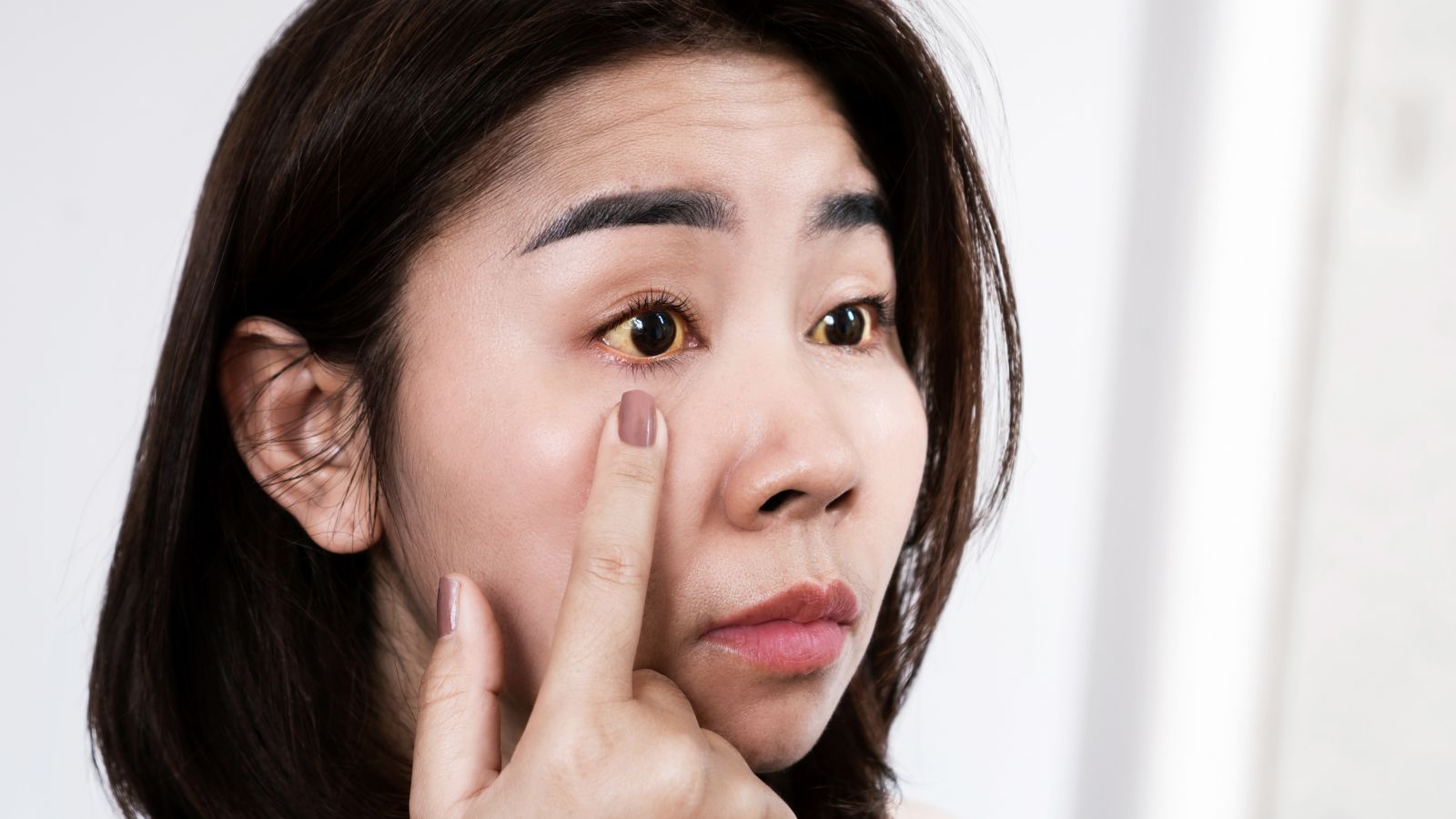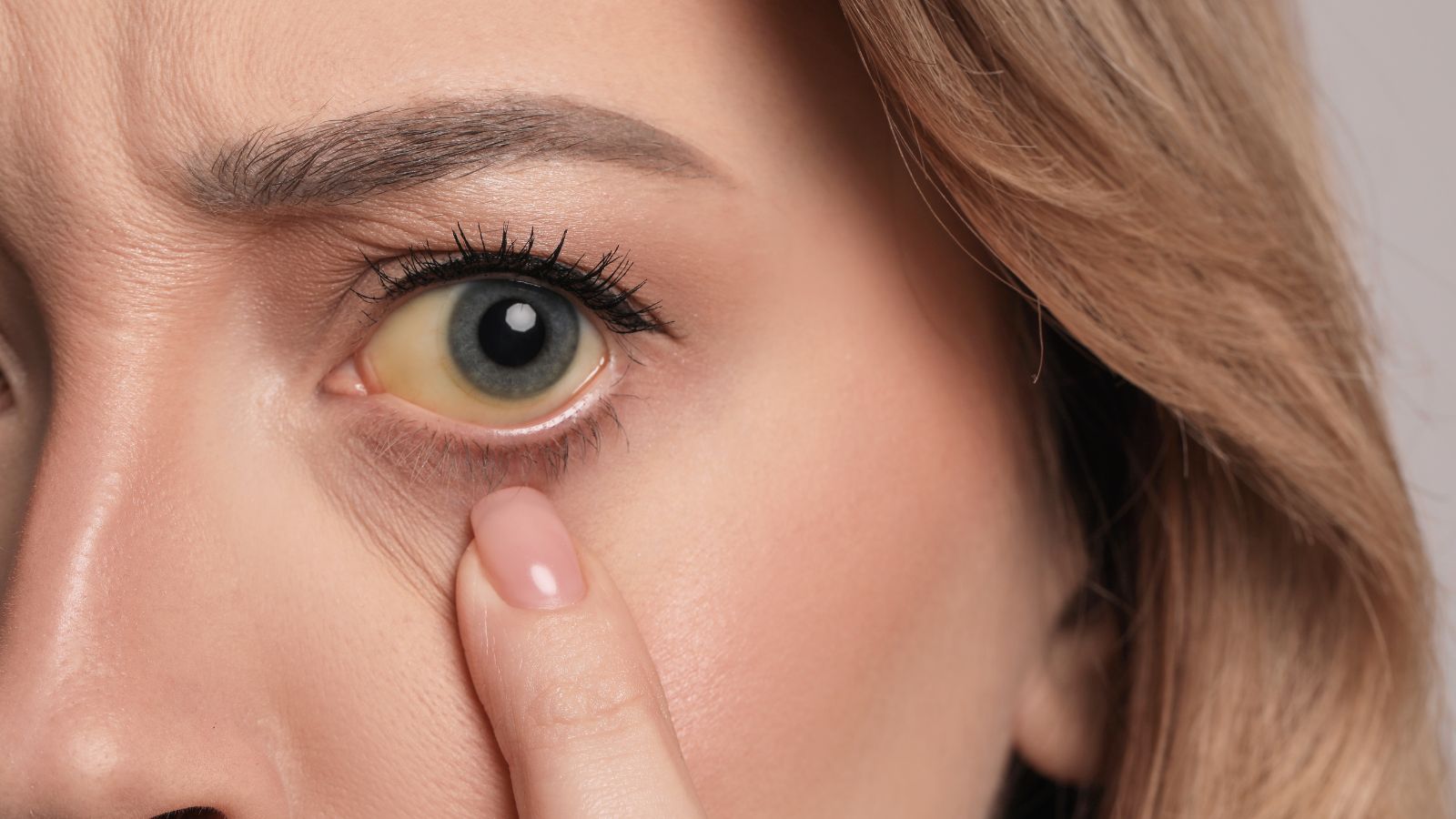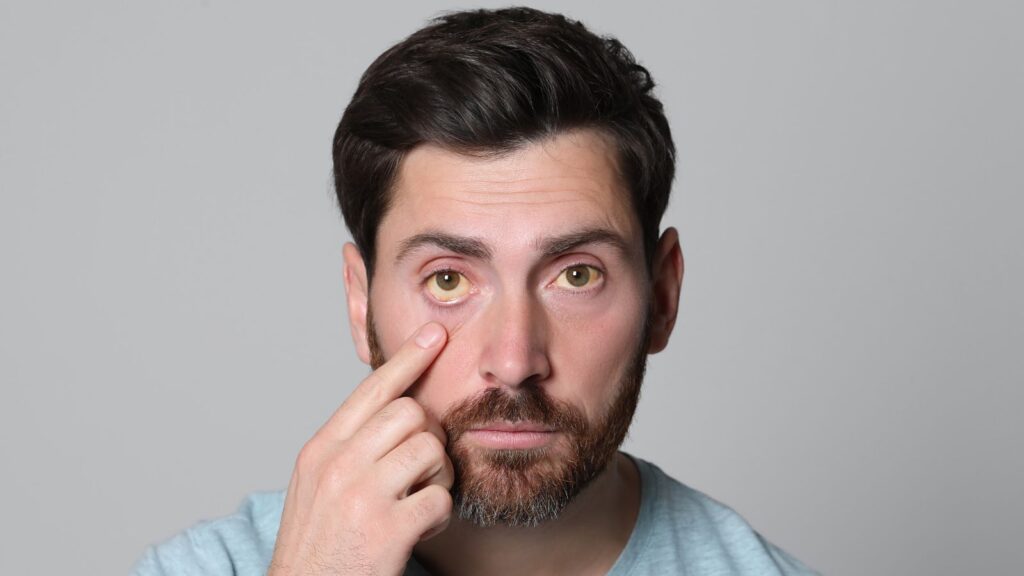Many people notice their eyes look different, but aren’t sure how to tell if something is wrong. If the eyes seem to be sticking out more than usual or the eyelids cover less of the eyes, it can be important to check for signs of eye protrusion at home. Anyone can take simple steps to check for eye protrusion without medical tools, which may help catch changes early.
Looking in the mirror and comparing both eyes can reveal if either one appears to be bulging or more visible. For those wanting an extra tool, an online Proptosis symptom checker from Ubie offers a quick and easy way to review possible symptoms and what they might mean. Being able to check at home helps people decide when it’s time to get a professional opinion.
Recognizing Eye Protrusion Symptoms At Home
Checking for signs of eye protrusion is easier if a person knows what to look for. Small changes in eye appearance or how the eyes feel can signal a problem.
Signs Of Eye Protrusion
Some of the most common signs include one or both eyes appearing to stick out more than before. Other symptoms may be eyelids that don’t cover as much of the eyes. Swelling or redness of the eyelids can also happen.
People may notice a feeling of pressure or tightness behind the eyes. Dryness, a gritty feeling, or increased tearing can also appear. Sometimes vision gets blurry or double.
If any of these signs are new or changing, it’s important to pay attention. Using a table may help check for these symptoms:
| Symptom | What to Look For |
| Eye bulging | Eyes sticking out farther |
| Eyelid changes | Eyelids not closing fully |
| Redness/swelling | Puffiness or color change |
| Eye discomfort | Pain or pressure sensation |
| Vision changes | Blurriness, double vision |
Self-Examination Methods
Start by looking straight into a mirror in good lighting. Gently pull down the lower eyelid to see if more of the white part is showing. A difference between the two eyes may be easier to notice this way.
Another method is to close the eyes lightly and compare the amount of eyelid covering each eye. If one eye appears more exposed, it might be a sign of protrusion.
Feeling behind the eye for a sense of pressure or fullness can also be helpful. Use a clean finger to gently press on closed eyes—avoid strong force. If one eye feels different, write down the details. Keep a log of any changes day to day.
It can also help to ask a trusted friend or family member if they see any difference. Sometimes others notice changes that aren’t obvious in the mirror.

Using Mirrors And Photos For Comparison
Use a well-lit mirror and hold your head level. Face forward and compare the reflection of both eyes. Check if they look even or if one seems farther forward.
Taking a photo of both eyes from the same angle every week can help track small changes. Use the phone’s date stamp to keep records organized. Be sure to relax your eyes and face for each photo to keep the comparison fair.
If possible, look back at old photos taken before noticing symptoms. This can help spot changes over time. Printing photos side by side can make it easier to see small differences.
Using both mirrors and photos gives a clearer idea of progress and helps decide if it’s time to reach out for a professional exam.
When To Seek Medical Advice
Eye protrusion can be harmless in some people, but new or quickly changing symptoms can be signs of a medical condition that needs attention. It is important to know the difference between common variations and symptoms that may signal a problem.
Differentiating Normal Variations From Abnormal Symptoms
Some people naturally have slightly forward-set eyes without any health issues. Small changes that appear over a long time are usually not urgent. If both eyes look similar and there are no other symptoms, it may be just a normal difference.
However, sudden or noticeable bulging of one eye or major differences between the eyes should not be ignored. Abnormal symptoms may also include pain, redness, or changes in vision. If anyone notices swelling around the eye or trouble moving the eye, this may indicate a medical condition that needs care.
Key things to watch for:
- One eye is more forward than the other
- Pain or discomfort in or around the eyes
- Swelling that seems to increase quickly or comes with other symptoms
Warning Signs Indicating Urgency
Some warning signs mean help is needed right away. Sudden bulging of one eye, new vision problems, or severe headaches can signal a serious health issue. Feeling very sick or noticing the eye color changing are other urgent symptoms.
If there is fast swelling, loss of vision, double vision, or confusion, medical care should be sought immediately. This is because these symptoms may be linked to infection, bleeding behind the eye, or other health problems that can get worse quickly. Children who show these signs should also be seen by a healthcare provider right away.
Signs that need urgent attention:
- Sudden or quickly worsening eye bulging
- Vision changes, such as blurring or loss of sight
- Bad headache, fever, or vomiting with eye symptoms
- Eye redness with pain or swelling
Tracking Changes Over Time
Keeping track of changes in eye appearance can be helpful. Take regular photos of the eyes to compare over days or weeks. Note the date of each photo. Write down any symptoms, such as pain, redness, or double vision, and when they started.
A simple table can help:
| Date | Changes Noticed | Other Symptoms |
| 05/01/2025 | Slight bulge, right eye | None |
| 05/05/2025 | Swelling, right eye | Mild pain, no vision change |
| 05/07/2025 | More bulge, redness | Double vision, headache |
If changes happen quickly or new symptoms appear, this record can be shown to a healthcare provider. This helps them understand how fast the problem developed and may guide them in what steps to take next.

Conclusion
Checking for eye protrusion at home can help people notice changes early. Using a mirror and good lighting, they can watch for signs like one eye sticking out more than the other, redness, dryness, or changes in vision.
Key signs to look for:
- Swelling around the eye
- Noticeable difference between both eyes
- Increased tearing or dryness
If any of these symptoms show up or get worse, it is best to reach out to a healthcare professional for a closer look. Early detection helps people manage possible problems before they become more serious.
